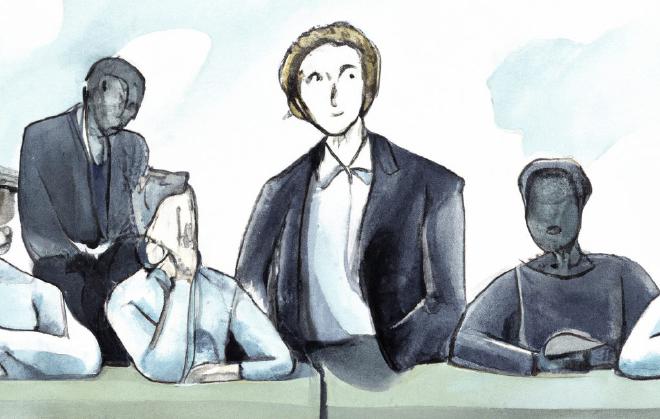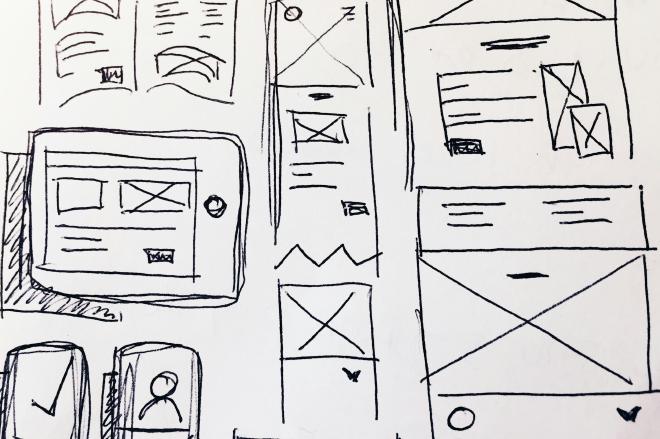All on the same page?
Table of Contents

But has communication truly occurred just because words have been exchanged? Shaw’s quote highlights a common pitfall: the illusion that communication has happened when, in reality, it hasn’t.
Often, both parties believe they understand each other, yet the ideas they hold are far from aligned. This illusion of understanding is where communication breakdowns are most damaging.
The Four Steps of Communication #
Relationship therapists often reference the four steps of communication:
- The idea – what we want to say.
- What comes out of our mouth – the words we choose to express the idea.
- What the other person actually hears – their perception of those words.
- What they think we mean – their interpretation of the message.
Therapists explain that every couple they counsel is stuck on one of these steps. If two people in a loving relationship can miscommunicate to the point of irreparable harm, imagine the potential fallout in a workplace or project team where the only connection is professional.
Not only can the process of communication lead to misunderstandings, but even before that, our initial thoughts may be misaligned—despite everyone believing they are on the same page.
The Illusion of Identity #

The story follows Vitangelo Moscarda, a complacent man in his twenties, whose life changes after his wife casually remarks that his nose tilts slightly to the right—a detail he’d never noticed. This triggers an existential crisis as Moscarda realises the version of himself he knows is vastly different from the versions others perceive.
Each person who encounters him forms their own version of “who he is,” none of which aligns with his self-perception. To others, he is “someone,” yet to himself, he feels like “no one.”
This theme resonates today. Every person you interact with—be it family, friends, or strangers—creates their own version of you in their minds. The “you” seen by your parents is different from the “you” known to colleagues, neighbors, or friends. Thus, countless versions of “you” exist, yet your true self remains elusive.
Moscarda’s realisation deeply affects his psyche. This concept is just as relevant to software development as it is to identity.
Communication in Software Development #
Consider a typical software team discussing a set of features. Each team member arrives with their own interpretation of those features based on their unique experiences and understanding. User stories are presented, but the ideas they represent are intangible. There’s nothing physical to touch, hold, or point to as a shared reference.
Now, layer on the fact that each person also perceives their teammates differently, and none of those perceptions align with how individuals see themselves. Everyone in the room is navigating the four steps of communication, trying to articulate abstract concepts through their own lens.
Is it any wonder teams often think they’re aligned when, in reality, their understandings diverge? Misalignment is the default, not the exception. Yet team members might leave a meeting feeling confident everything is clear and the project is progressing well.
This miscommunication, rooted in diverse interpretations, explains why what’s ultimately delivered often isn’t what was envisioned. As Shaw warned:
The single biggest problem in communication is the illusion that it has taken place.
Visualising to Bridge Gaps #
Gerald Weinberg’s famous observation from Understanding the Professional Programmer (page 103)
No matter what the problem is in software, it’s always a people problem
rings true here. Misaligned mental models are a fundamental people problem.
One powerful way to address this is through visualisation. Diagrams can cut through the vagueness and misinterpretation that words - whether spoken or written - allow. They provide something tangible to point at, fostering a shared understanding.
Traditional waterfall approaches, which rely on extensive upfront planning, often fail to deliver what’s actually needed. The reason? Teams rely too heavily on abstract communication. Agile, as outlined in the manifesto, emphasises collaboration and iterative feedback over exhaustive documentation. These frequent check-ins allow teams to validate progress and adjust course, providing tangible outputs to align mental models.
This iterative process helps teams solidify ideas into something visual, reducing ambiguity and promoting clarity. It’s why stakeholders often remark, “Oh, I hadn’t thought of it that way - but this is great,” when they first see something tangible.
The Power of Diagrams #

Starting with diagrams transforms vague ideas into concrete visual constructs. By eliminating the inherent misinterpretation that words allow, teams can align their mental models even before coding begins. This shared understanding is crucial for successful collaboration.
Humans have relied on pointing at things for millennia - it’s one of our oldest methods of communication. Yet modern projects often lack this fundamental tool. Instead, we’re left with abstract words and concepts, creating ample room for misinterpretation.
When we lose the ability to “point” misunderstandings are inevitable. It’s no surprise, then, that what’s delivered often diverges from initial expectations.
There’s a lot more to say about diagramming, but before that there are other issues to consider…
Wrapping Up #
So far, we’ve explored how misalignment arises within teams, fueled by differences in perception, identity, and communication. Everyone comes to the table with their own view of the world and themselves. They’re trying to collaborate on something intangible, without a shared physical reference point to ground their ideas.
Could it get any worse? Yes - because even agreeing on the size of something is a challenge. That’s the next paradox to look at.
-
Danae Paparis https://unsplash.com/photos/black-sketch-cj6Am4O7YJs ↩︎